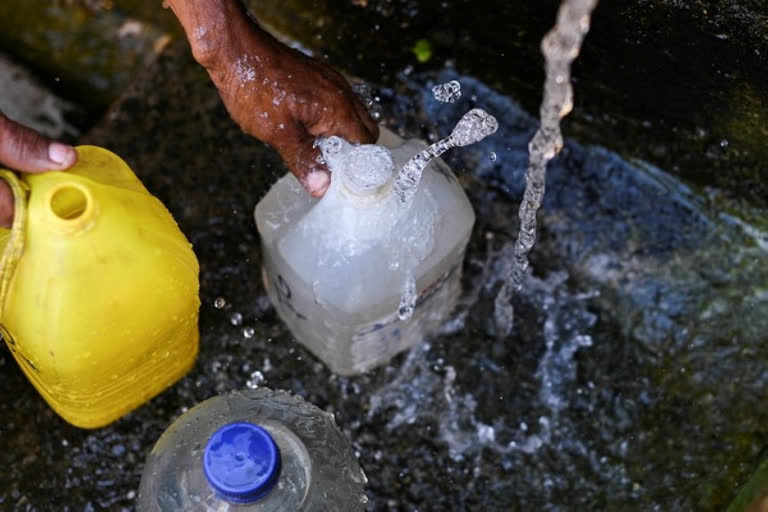Karachi:Almost 30 million Pakistanis have no access to clean water, 80 per cent of people living in 24 major cities do not have access to clean water, and 16 million slum dwellers of Karachi do not have access to running water, Asian Lite reported. Pakistan has experienced several issues since its independence, but the most critical problem in the country is that of water shortage.
According to one estimate by the International Monetary Fund (IMF), Pakistan will be fully dry and barren by 2025 if the necessary steps are not taken to preserve water. For Pakistan, several factors have aggravated the water security issue. The first and foremost is the upsurge in demand for water due to escalating population growth in the country.
With the population crossing 220 million people, the country's water demand could reach 274 million acre-feet while the supply of water could remain at 191 million acre-feet, Asian Lite reported. In addition, old and deteriorating water infrastructure has affected the storage and retention capacity of water due to big cracks in canals and sand-filled dams. With a huge waste of water on the way, it has failed to cater to the growing needs and supplies of water in the country.
Also, the country's commonly grown crops like wheat, rice, cotton and sugarcane are water-intensive, in need of large quantities of water, consuming around 95 per cent of the available water while contributing less than 5 per cent to the national gross domestic product (GDP). Along with water channels, Pakistan is also dependent on rain for its water supply.
Climate change has exacerbated the water crisis affecting the rainfall pattern and causing a huge water shortage in the country leading to prolonged droughts. This is making it even more challenging to manage the already limited water resources, Asian Lite reported, Asian Lite reported. The effect of the water crisis in Pakistan is already being felt among people.
Almost 30 million Pakistanis have no access to clean water, 80 per cent of people living in 24 major cities do not have access to clean water and 16 million slum dwellers of Karachi do not have access to running water, Asian Lite said in a report. The city of Karachi has a total area of approximately 3530 km square with a population of approximately 14.9 million people.
The water supply of Karachi is reliant on surface water and groundwater sources. Surface water sources comprise Hub Dam and two lakes of Haleji and Keenjhar while groundwater source includes Dumlottee well fields., Asian Lite reported. However, the water supply from these wells is negligible, after the rainy season while remaining dry for the rest of the year. Furthermore, the quality of groundwater in most of the parts is saline due to over-extraction and sea-water intrusion.
Reports also suggest that the water is substandard and frequently consists faecal matter and other health hazards. In Pakistan, where over 65 per cent of the population is exposed to contaminated water and millions find arsenic in their drinking water. Karachi's water shortage is so bleak that even the airport, the largest in Pakistan, is facing a water shortfall of 500,000 gallons per day, compared to the 800,000 gallons per day it requires to operate.
Pakistan ranks in the top ten countries worst affected by climate change, and water shortages are likely to deepen in both intensity and frequency in the coming decade. Mohammed Khalid Idrees Rana, director of operations at the Indus River System Authority stated, "Climate change has been severely impacting our water inflows from glaciers...If the current temperature prolongs for another seven to eight days, we may have to cut the water share of provinces."
